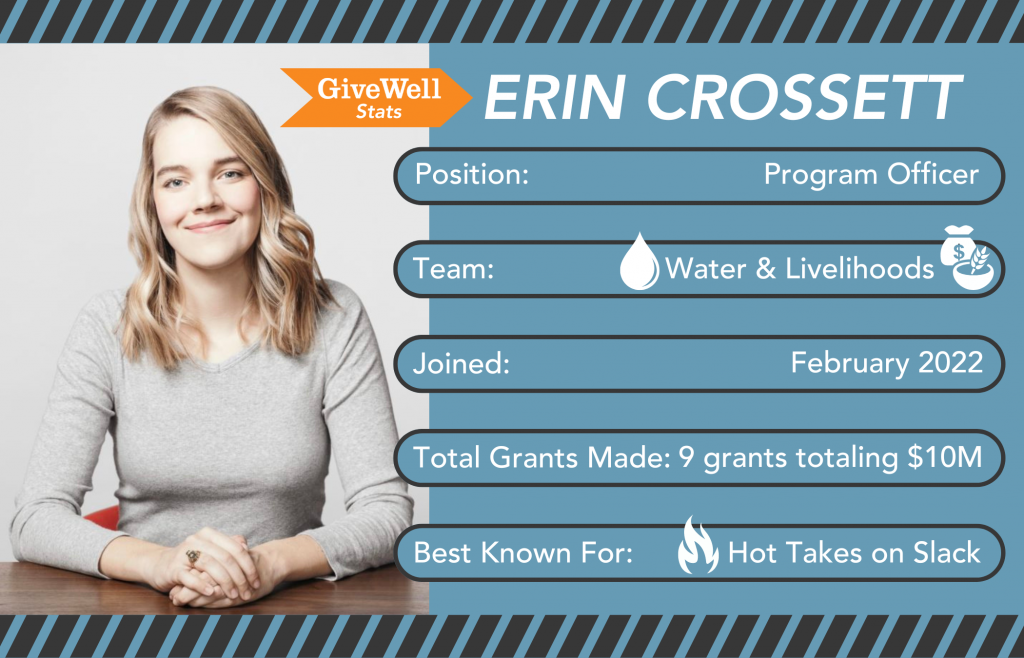We’re crossposting a blog post by New Incentives, one of our grantee organizations and Top Charities. New Incentives promotes vaccination in Northern Nigeria by providing cash incentives to parents and caregivers. Recently, one of New Incentives’ field officers wrote about his experience collecting program data.
GiveWell asks all of our Top Charities to share detailed monitoring information, which we review to assess the quality of program implementation and the number of children reached. We also use this data as part of our cost-effectiveness analyses, which are the basis of our funding decisions.
We’re sharing this post to provide a firsthand account of how that monitoring data is collected. We recognize that individual stories about a program can be misleading, as they can often highlight the best examples rather than typical cases. Still, we hope Sanusi’s experience opens one small window into the efforts our Top Charities take to ensure high-quality implementation.

